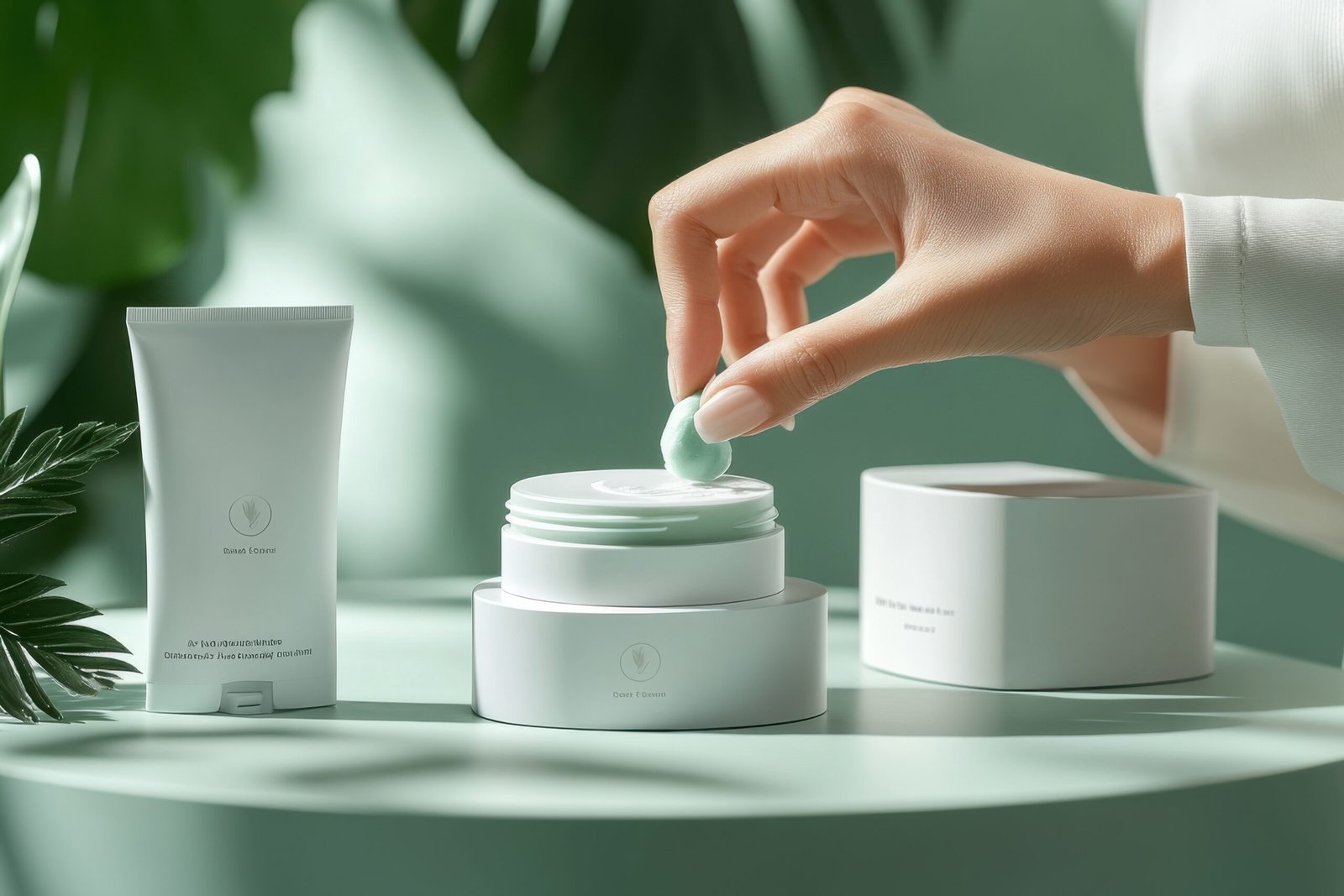Cold weather has a way of sneaking into your skin before you even notice. One day it’s crisp and invigorating, the next your face feels like parchment left in a drafty attic. The drop in humidity strips away the natural moisture barrier, leaving complexions dull, reactive, and prone to uneven texture. It’s not vanity to notice these changes, it’s biology. Your skin is working harder than usual to stay balanced, and a seasonal reset can help. A winter routine doesn’t need to be elaborate or overthought, but it does need to address the reality of harsher air, indoor heating, and less sunlight. Hydration becomes the backbone, but it’s not just about slathering on a thicker cream. It’s about choosing the right allies for your skin to do the heavy lifting while you stay warm under your layers.
Why Travel For The Right Touch
People often underestimate how much skill matters when it comes to aesthetic treatments in colder months. Skin is already in a delicate state, so placing your trust in the wrong hands can make irritation worse. If you’re considering injectables, chemical peels, or other med spa treatments, think carefully about where you book. Botox in Sacramento, Portland or anywhere in between, the right med spa is worth a trip because the provider’s expertise matters more than how close they are to your doorstep. Cold-weather procedures need a gentler approach, since skin heals more slowly when circulation is lower and environmental stress is higher. The right practitioner will not just treat your skin but also anticipate how it will respond over the next few weeks. When done well, these treatments can boost confidence at the very time you’re tempted to retreat behind scarves and hats. It’s less about vanity and more about investing in how you feel heading into the colder months.
The Power Of Layering Beyond Clothes
Winter fashion isn’t the only place where layering pays off. Skincare benefits just as much from strategic stacking. The secret is in the order. Think light serums with actives first, then cushion them with richer creams that lock everything in. Hydrating mists and toners prep the canvas, hyaluronic acid pulls in water, and ceramide creams keep it from escaping into the dry air. If your skin gets flaky, it’s not necessarily that you need to scrub harder. Often it means you need to sandwich hydration in multiple steps so skin stays supple under the stress of cold wind. SPF, even when skies are gray, remains essential. UVA rays don’t hibernate, and snow glare can sneak up on you faster than a ski lift ride. Treating skincare like clothing layers makes the process intuitive. It’s about function first, with the beauty being a byproduct of skin that feels genuinely comfortable and resilient.
Azelaic Acid’s Winter Advantage
When skin is already sensitive, the idea of adding an active ingredient might sound counterintuitive. Yet azelaic acid has a reputation for being the rare multitasker that doesn’t pick fights. It gently tackles redness, uneven tone, and congestion without the sting of harsher exfoliants. That makes it especially useful in the colder months, when your tolerance for strong acids drops. It’s not a flashy ingredient, and it doesn’t need to be. Its quiet reliability makes it one of those products that earns long-term loyalty. It won’t transform your skin overnight, but over weeks it helps calm flare-ups and keeps your complexion steady, even when the weather outside is anything but steady. Unlike retinol, it doesn’t increase sun sensitivity, which is another reason it fits neatly into a winter routine. Think of it as a slow and steady player on your team, smoothing rough patches and restoring balance while stronger ingredients sit out the season.
Reassessing Nutrition And Hydration
Cold weather cravings rarely involve crisp salads or citrus bowls, but your skin benefits from more than just topical products. Hydration starts from the inside, and water intake often drops when temperatures do. Tea counts, broth counts, even high-water fruits like oranges and pears can make a difference. Your skin cells can only hold onto what your body has available, so neglecting hydration is like skipping primer before foundation. Nutrition also shifts the needle. Omega-rich foods, from salmon to flaxseed, reinforce the skin barrier from within. Vitamins C and E play supporting roles in collagen production and protection against environmental stress. It’s not about chasing supplements unless you truly need them, but about recognizing that comfort foods can be balanced with nutrient-rich options that keep skin from feeling starved. Small adjustments at the table ripple outward to how your complexion handles the season.
The Case For Professional Treatments
Some results simply can’t be bottled. Winter is an ideal time for professional treatments precisely because you’re less exposed to sun. Peels, lasers, and microneedling can do their work with a lower risk of UV damage sabotaging the outcome. That said, restraint is everything. A lighter peel may serve you better than an aggressive one when your skin is already compromised by cold winds. Professional hydration facials, using tools like oxygen infusion or LED therapy, can restore glow faster than home products alone. These aren’t indulgences, they’re interventions that give your skin a stronger baseline so your daily routine has something to build upon. Timing matters too. Plan around holidays or big events so you’re not walking into gatherings mid-recovery. Done thoughtfully, professional treatments help winter feel less like a setback and more like a chance to emerge with refreshed skin when spring finally shows up.
Mind The Small Environmental Shifts
People underestimate how much their surroundings can undo all their skincare efforts. Indoor heating dries the air as effectively as desert wind, and your skin feels it overnight. A simple humidifier can transform how your products work, turning them from stopgaps into true hydrators. Even adjusting shower habits helps. Long, hot showers might feel irresistible in January, but they strip natural oils faster than a harsh cleanser. Shorter, lukewarm washes with replenishing oils or milks keep the skin barrier intact. Fabric choices matter too. Rough wool can irritate already stressed cheeks, so lining scarves or choosing softer blends can make a difference. These are minor changes, but they compound. The less you strip and stress your skin, the more it responds to the nourishing steps you put in place. Winter is about minimizing unnecessary battles so your skin’s resources go toward repair and resilience.
A cold weather skin refresh isn’t about reinventing your entire routine. It’s about acknowledging that your skin’s needs shift with the season and answering those changes with practical, thoughtful care. When hydration, gentle active ingredients, and smart environmental adjustments work together, the payoff is skin that feels balanced and steady, even when the forecast doesn’t cooperate. The reward isn’t just comfort but confidence, knowing your skin can weather the months ahead without losing its edge.
YOU MAY ALSO LIKE: Azelaic Acid 14%: Is the Higher Strength Worth It for Clearer Skin?











